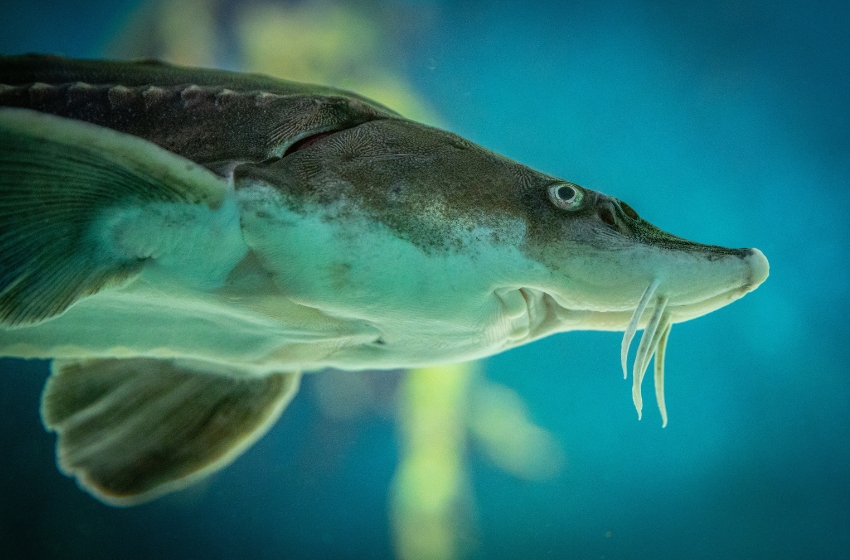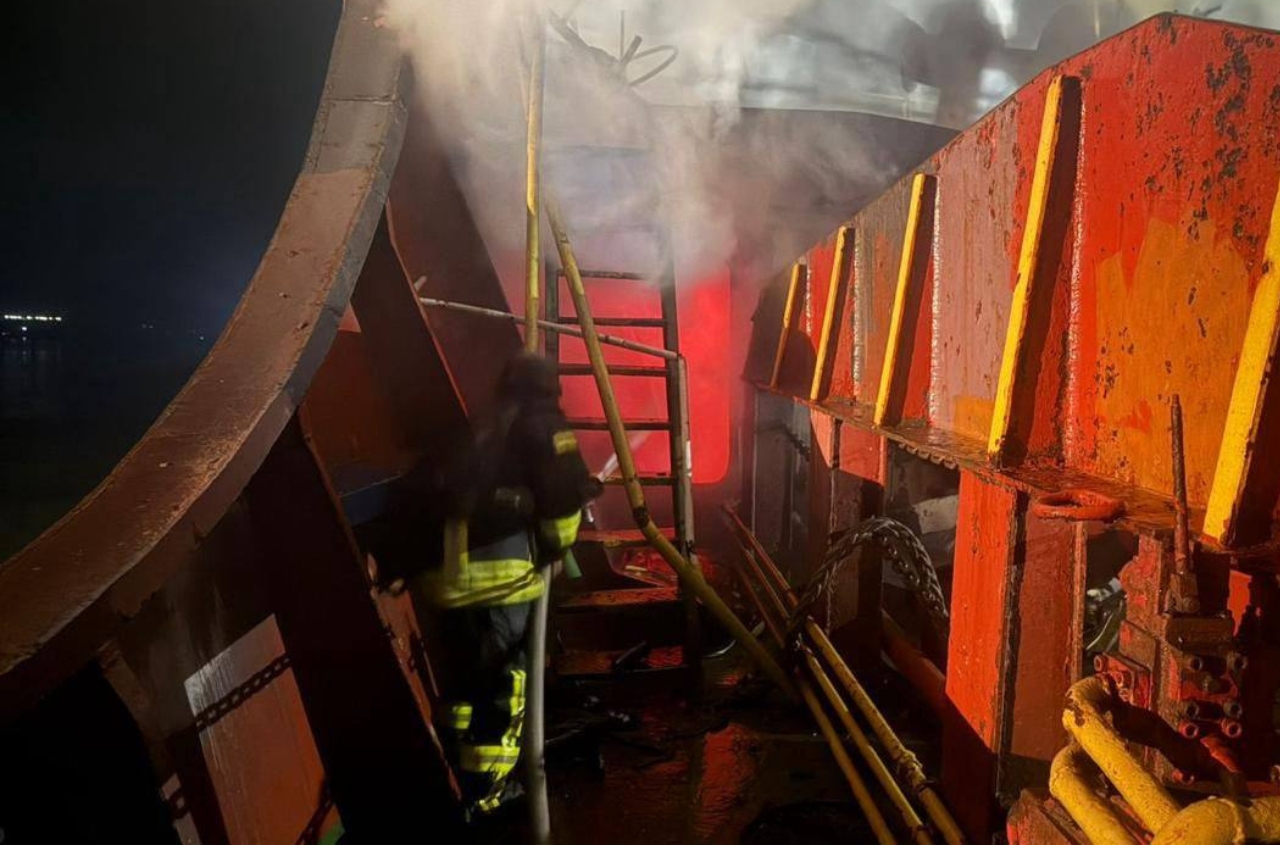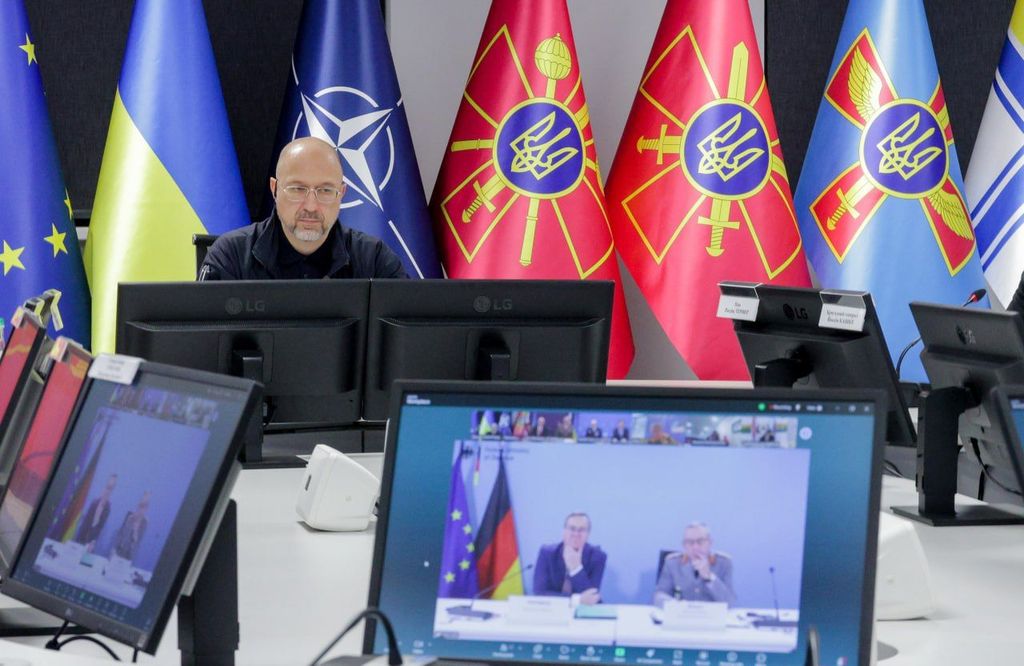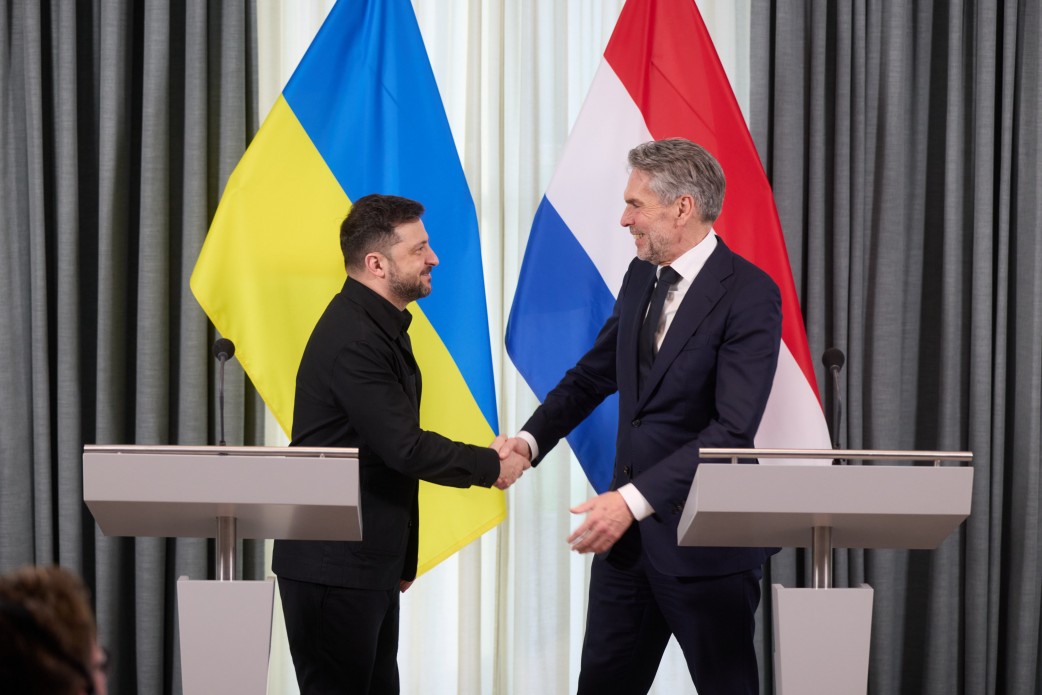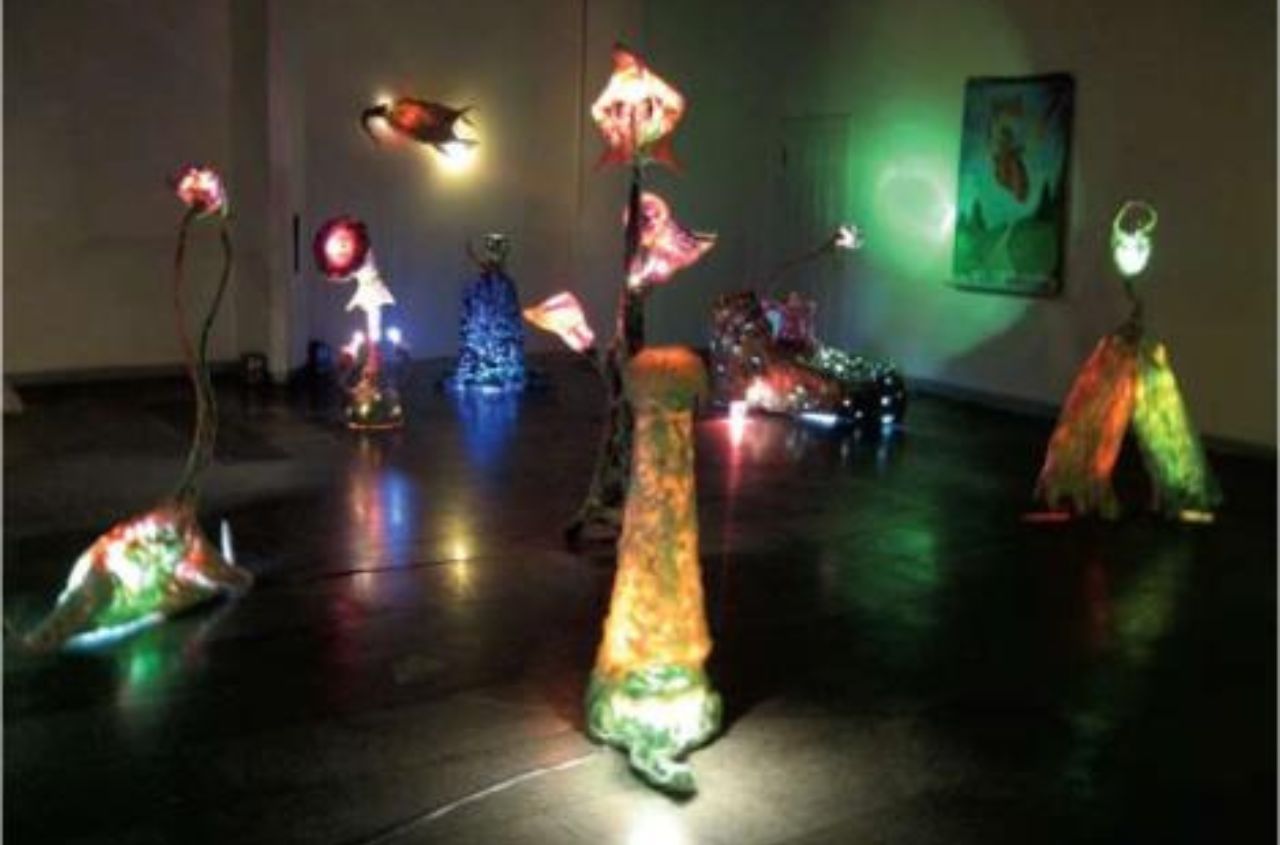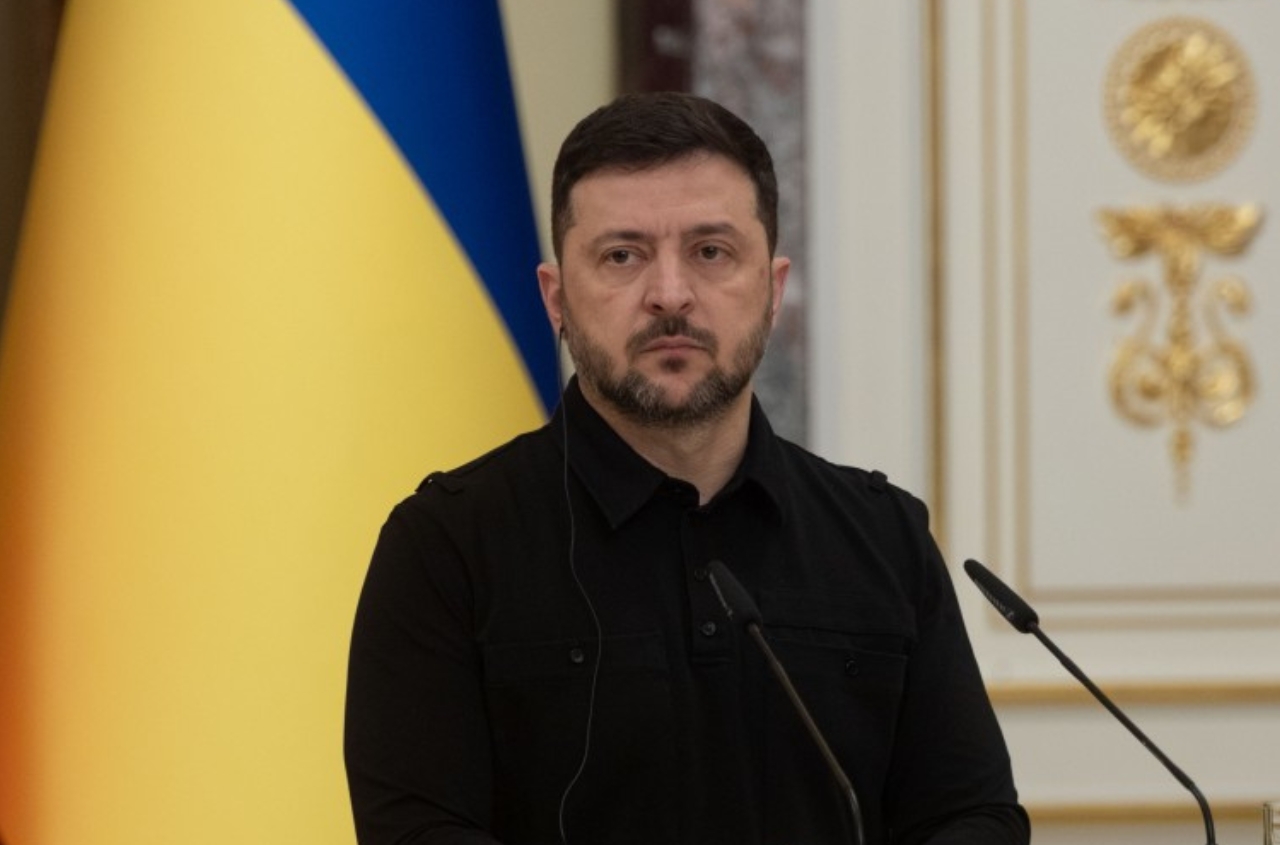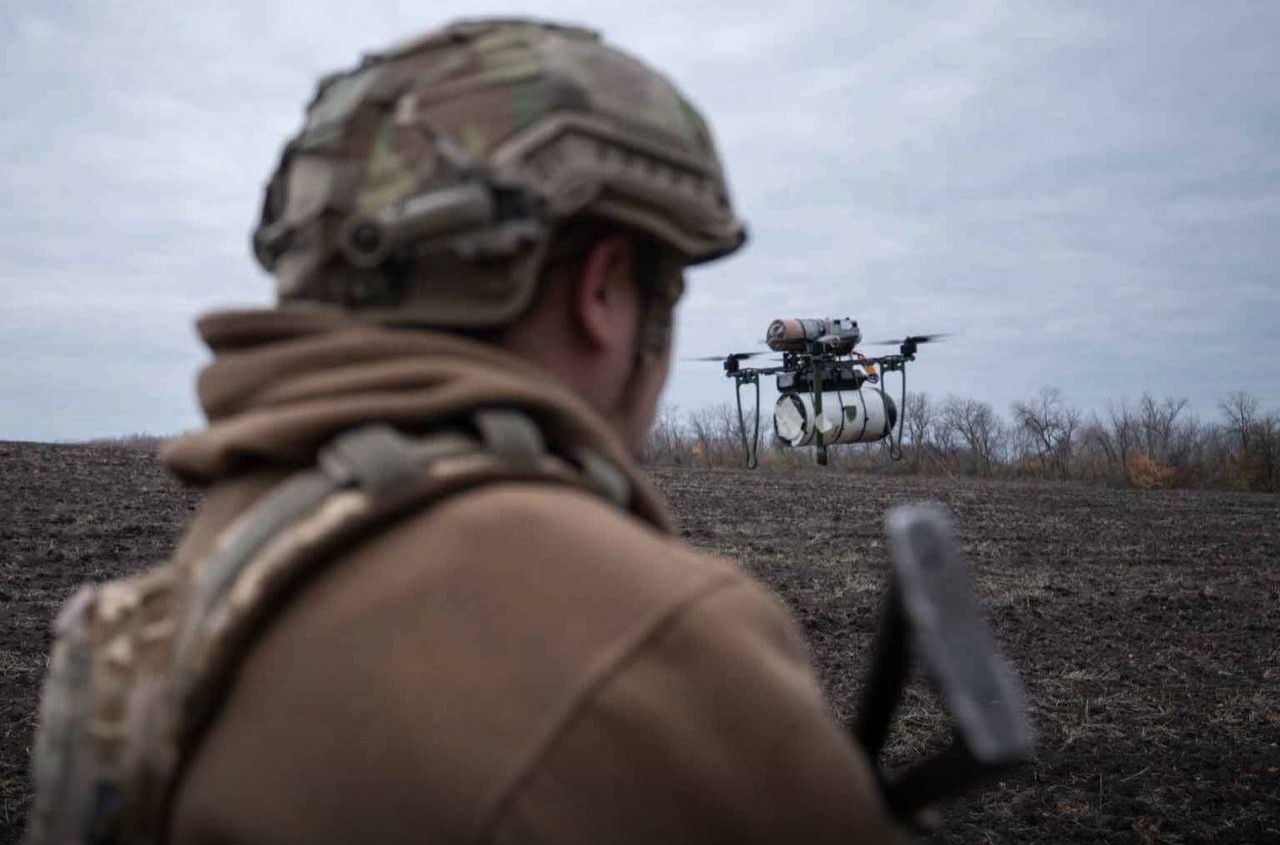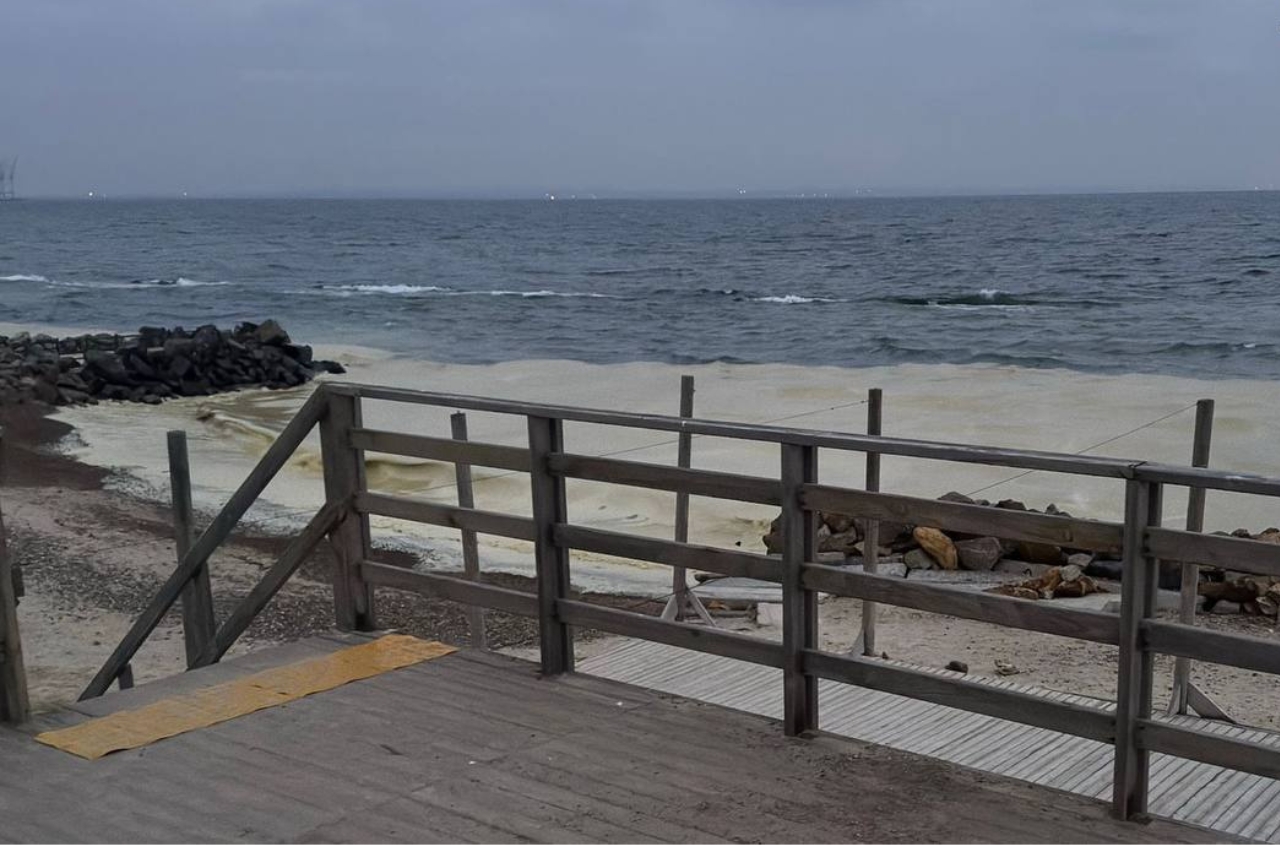On International Day for Biological Diversity, WWF-Ukraine, in cooperation with regional and national partners, joined a large-scale environmental campaign to restock the Danube with endangered sturgeon species. Specifically, the following were released into the Danube River:
- 18,000 young sterlets (*Acipenser ruthenus*)
- 13,900 young Russian sturgeons (*Acipenser gueldenstaedtii*)
The initiative was the result of efforts by the Odesa Regional State Administration, Ukraine’s State Agency of Land Reclamation and Fisheries, WWF-Ukraine, and others, with the participation of the Odesa Sturgeon Breeding Complex, the Danube Biosphere Reserve, and the State Fishery Patrol.
A portion of the funding for the restocking was provided by Dutch volunteer and researcher Bob Kreiken, who studies international biodiversity policy at Delft University of Technology. In the summer of 2024, Bob embarked on a two-month expedition across Europe — cycling along the Rhine and then kayaking the Danube from its source to the Black Sea. His journey aimed to raise awareness about the sturgeon crisis and raise funds for WWF's sturgeon conservation efforts in Europe.
“Sturgeons are some of the oldest creatures on Earth, having outlived even the dinosaurs. There are 25 sturgeon species globally, closely tied to European culture. Their depictions appear in ancient settlements like Lepenski Vir in Serbia; they adorned Roman imperial feasts and appeared in Dutch Golden Age paintings. The Danube is a cultural artery of Europe — its historical backbone: once the border of the Roman Empire, a path of migration, and a source of inspiration. And sturgeons are its living heart. But today, sturgeons are the most endangered group of species on the planet. In Europe, they're on the brink of extinction due to overfishing for caviar, dam construction, gravel mining, and loss of genetic diversity. Add to that more frequent droughts in the Danube Basin and controversial hydropower plans in Romania — and we risk losing Europe's last sturgeon stronghold forever,” said Bob Kreiken.
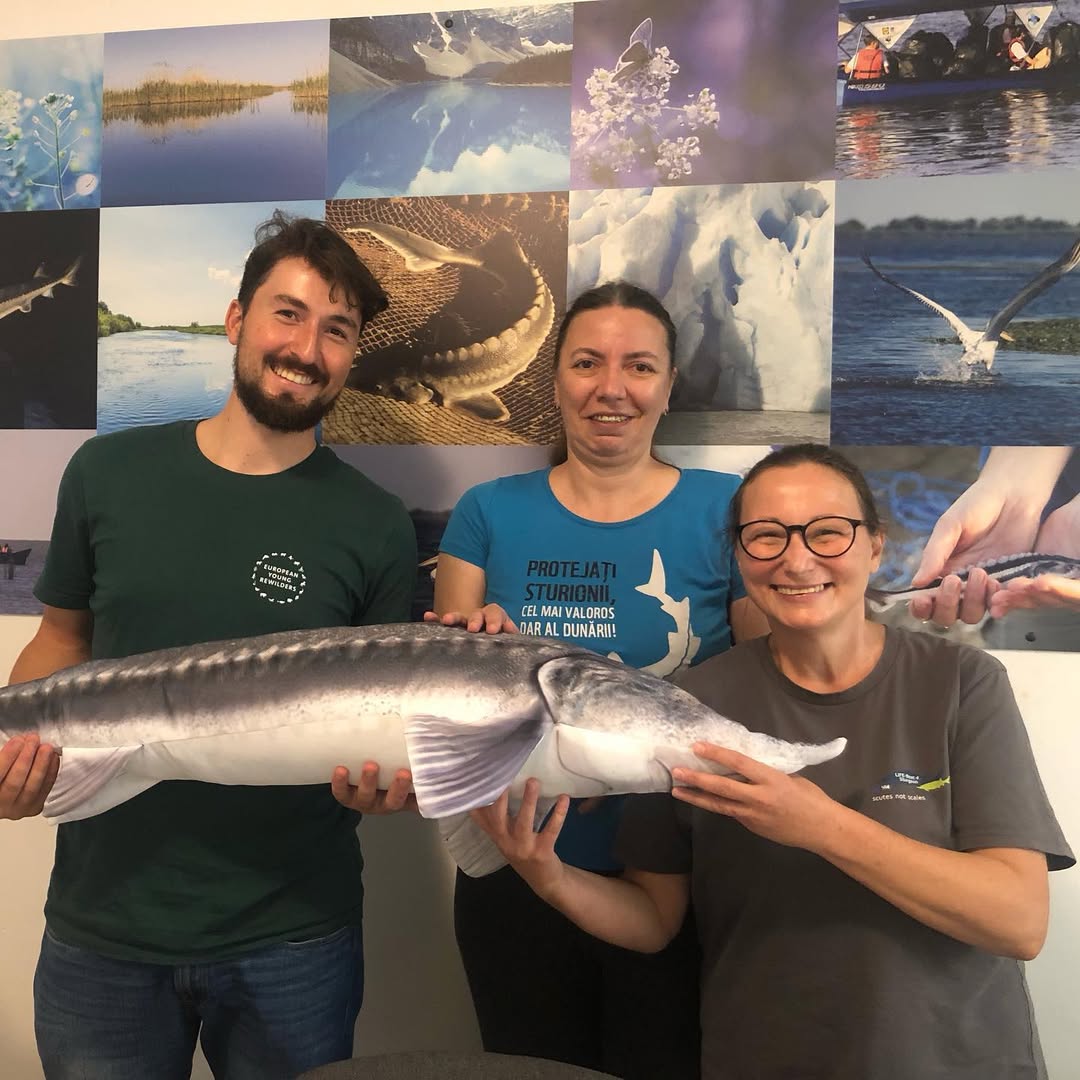
Bob’s "Strong for Sturgeons" campaign reached over a million people across Europe via social media and media outreach. During his journey, he encountered jackals, pelicans, eagles, mountain goats, red deer, and flocks of herons. He crossed ten countries and visited four capitals: Vienna, Bratislava, Budapest, and Belgrade.
WWF-Ukraine is actively working to preserve and restore free-flowing rivers in the country and to protect endangered sturgeon species. Within the **LIFE-Boat 4 Sturgeon** project, efforts are united to save the four sturgeon species that still inhabit the Danube: the Russian sturgeon, sterlet, starry sturgeon (sevruga), and beluga sturgeon.
The goal of the LIFE-Boat 4 Sturgeon project (2022–2030) is to "prevent the extinction" of these four remaining Danube sturgeon species. The project implements six key conservation measures and includes partners such as:
- University of Natural Resources and Life Sciences, Vienna (project lead)
- Austria’s Federal Ministry of Agriculture, Forestry, Regions and Water Management
- viadonau
- City of Vienna
- WWF Austria, Romania, Ukraine, Bulgaria
- Revivo and MATE
The project is largely funded by the EU LIFE Programme. Sturgeons are the most threatened animal family in the world. Two of the six sturgeon species once native to the Danube are now extinct in the region. The remaining four are classified as endangered or critically endangered by the IUCN. As part of the project, a live genetic bank will be created for these species, and natural populations will be strengthened through the release of young fish into their habitats.









